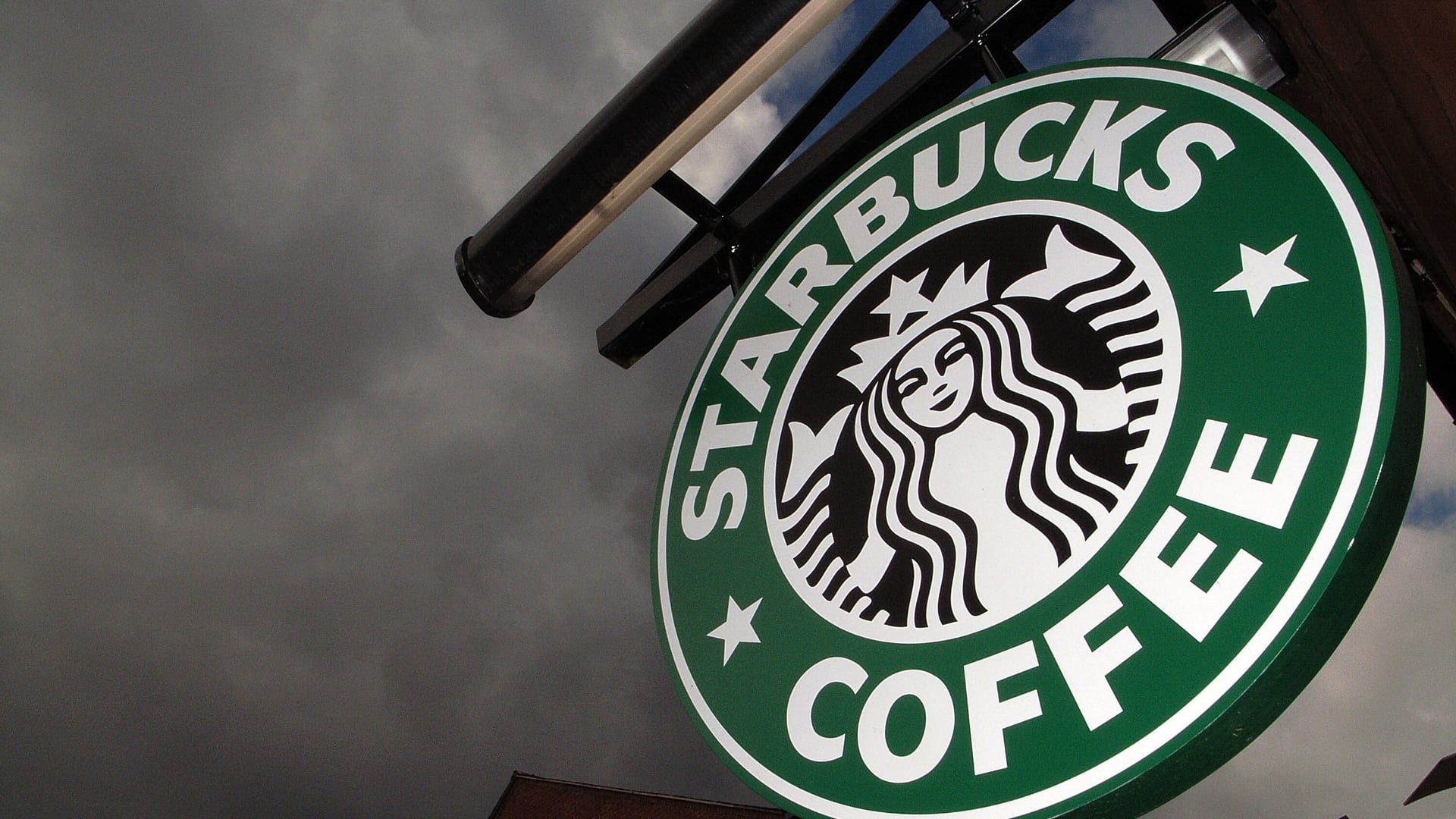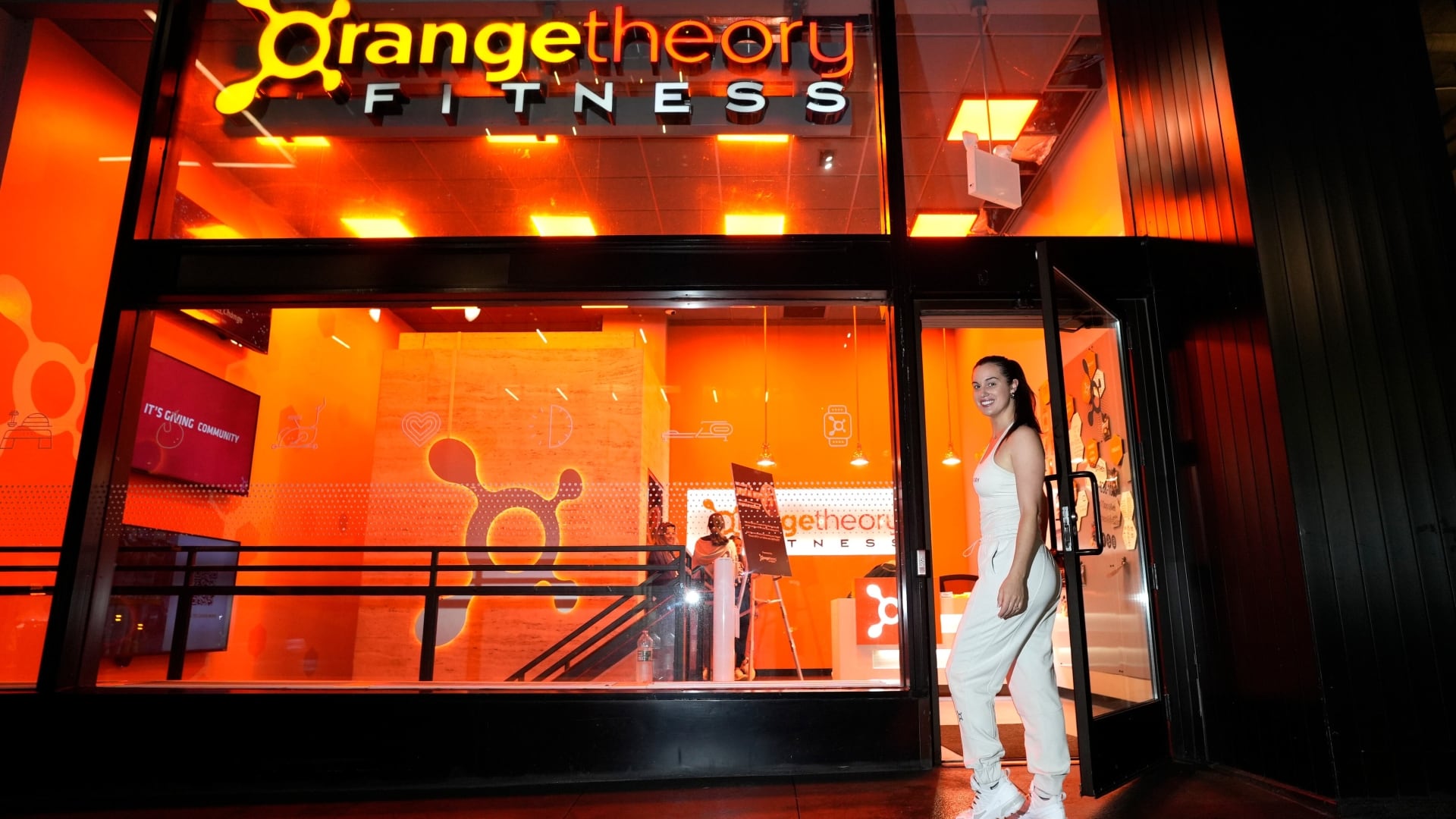By Damian J. Troise and Alex Veiga
Wall Street closed out another choppy day of trading Thursday, leaving the major stock indexes on pace for a weekly loss.
The S&P 500 managed a 0.1% gain after having been down 0.7% in the early going. The Nasdaq composite also recovered to eke out 0.1% gain, while the Dow Jones Industrial Average slipped 0.2%.
Small-companies fell broadly. A late-afternoon rally in technology stocks helped offset some of the losses in energy companies, banks and other sectors. Prices for oil and other commodities also fell, pulling mining and energy stocks lower. The yield on the 10-year Treasury note fell to 1.25%.
Investors continued to size up quarterly report cards from retailers. Macy's posted its second-biggest single-day gain as traders cheered the department store chain's latest results.
Much of the market’s choppiness, especially in the S&P 500, is due to investors trying to position themselves as they gauge the pace of the recovery and how it will benefit different sectors of the economy.
“One of the challenges right now is we’re getting some degree of a mixed message about what is working and what’s not,” said Eric Freedman, chief investment officer at U.S. Bank Wealth Management.
The market first has to gauge the near-term prospects for the economy as COVID-19 remains a threat, Freedman said. At the same time, investors have to also focus on what the economy looks like after the virus recedes or when the world learns to live with the virus in a different way.
“There’s going to be a lot of fits and starts,” he said.
The S&P 500 added 5.53 points to 4,405.80. The Dow fell 66.57 points to 34,894.12. The tech-heavy Nasdaq gained 15.87 points to 14,541.79. The Russell 2000 index of smaller companies fell 26.36 points, or1.2%, to 2,132.42.
The broader market has been losing ground overall since the benchmark S&P 500 reached another record high on Monday. It's now within 1.7% of that record and on pace for its first weekly loss in three weeks. The Dow, Nasdaq and Russell 2000 are also down for the week.
Technology companies made broad gains, including 4% for chipmaker Nvidia after it reported strong financial results, but those gains were outweighed by a slide in financial and industrial stocks. Companies that rely on consumer spending also weighed heavily on the market. Energy stocks took the heaviest losses in the S&P 500 as energy prices fell.
Commodities fell broadly, with everything from oil to agricultural commodities to metals moving lower. Copper prices fell 1.9%, while the price of U.S. crude oil closed 2.7% lower. The drop in commodities prices dragged down oil companies and those who extract raw materials for industrial uses. Miner Freeport-McMoRan, Devon Energy and Occidental Petroleum fell 3% or more.
The volatility in the commodities markets is notable because investors have been acutely focused on inflation as the global economy emerges from the pandemic. Earlier this year prices for basic materials like lumber and copper and gasoline were all rising steadily and several high multi-year highs. Most of those gains have now been erased with declines in recent weeks.
Investors got a bit of positive economic news when the Labor Department reported another weekly drop in the number of Americans filing for unemployment benefits. Claims fell 29,000 to 348,000 last week, a pandemic low. The four-week average fell 19,000 to just below 378,000, also a pandemic low.
While stocks in the benchmark S&P 500 are now down roughly 1.4% this week, fund managers do not expect much volatility this month as investors will have little data to work with and earnings season is now mostly over. August also tends to be a popular month for investors to take their vacations, so trading is typically slower. September tends to be a much more volatile month once Wall Street is back to work.
Government bond yields fell. The 10-year Treasury note traded at a yield of 1.25%, down from 1.27% the day before.
Robinhood sank 10.3% as traders worried that the booming growth at the popular online brokerage app could slow down. Macy’s soared 19.6% after issuing a strong forecast and reporting earnings that were far bigger than analysts were expecting. That nearly matched the biggest percentage gain the stock had in its history, which came on May 27, 2020.
Updated on August 19, 2021, at 5:01 p.m. ET.












